Filter & Sort

Exciter Light Softshell Jacket
Men
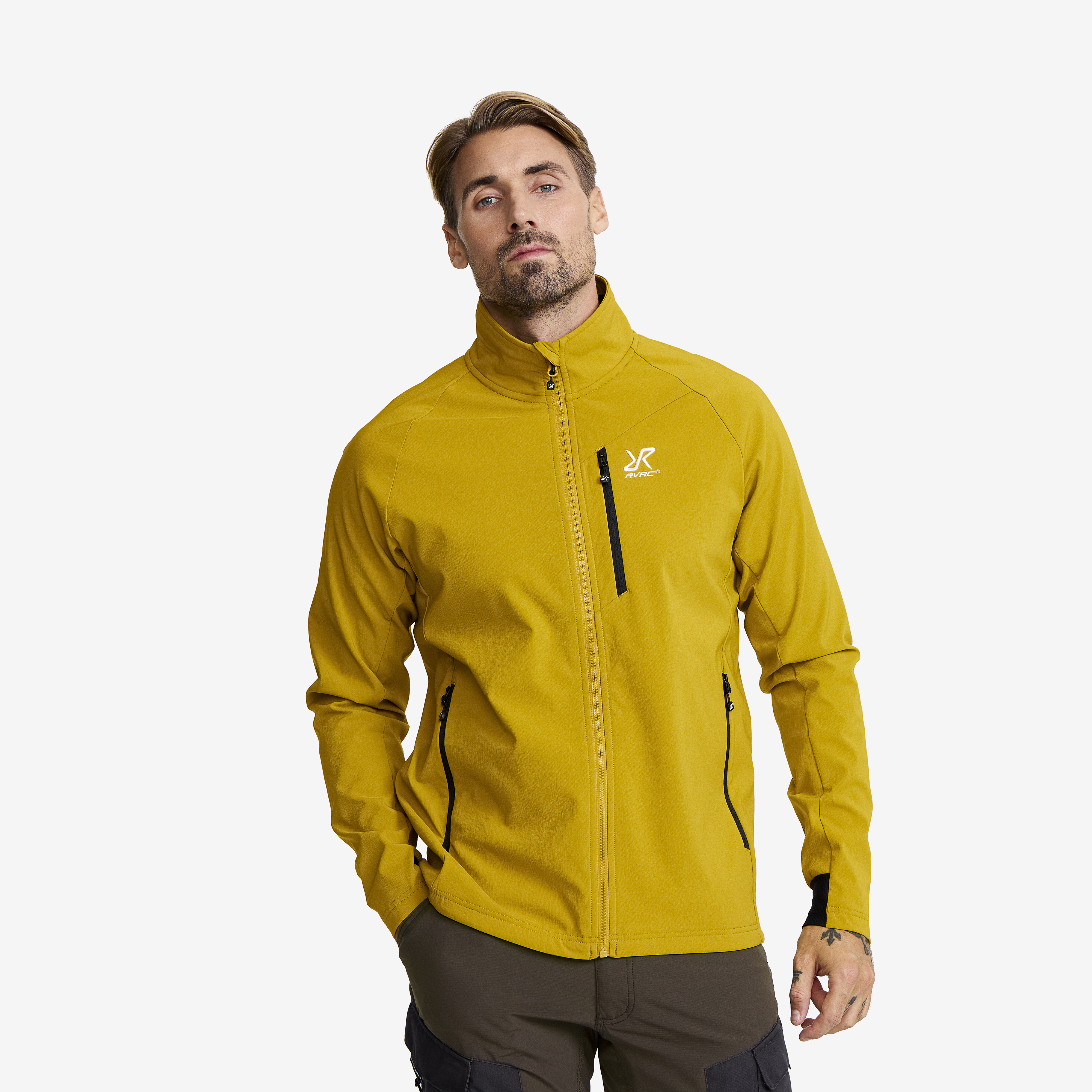
Exciter Light Softshell Jacket
Men
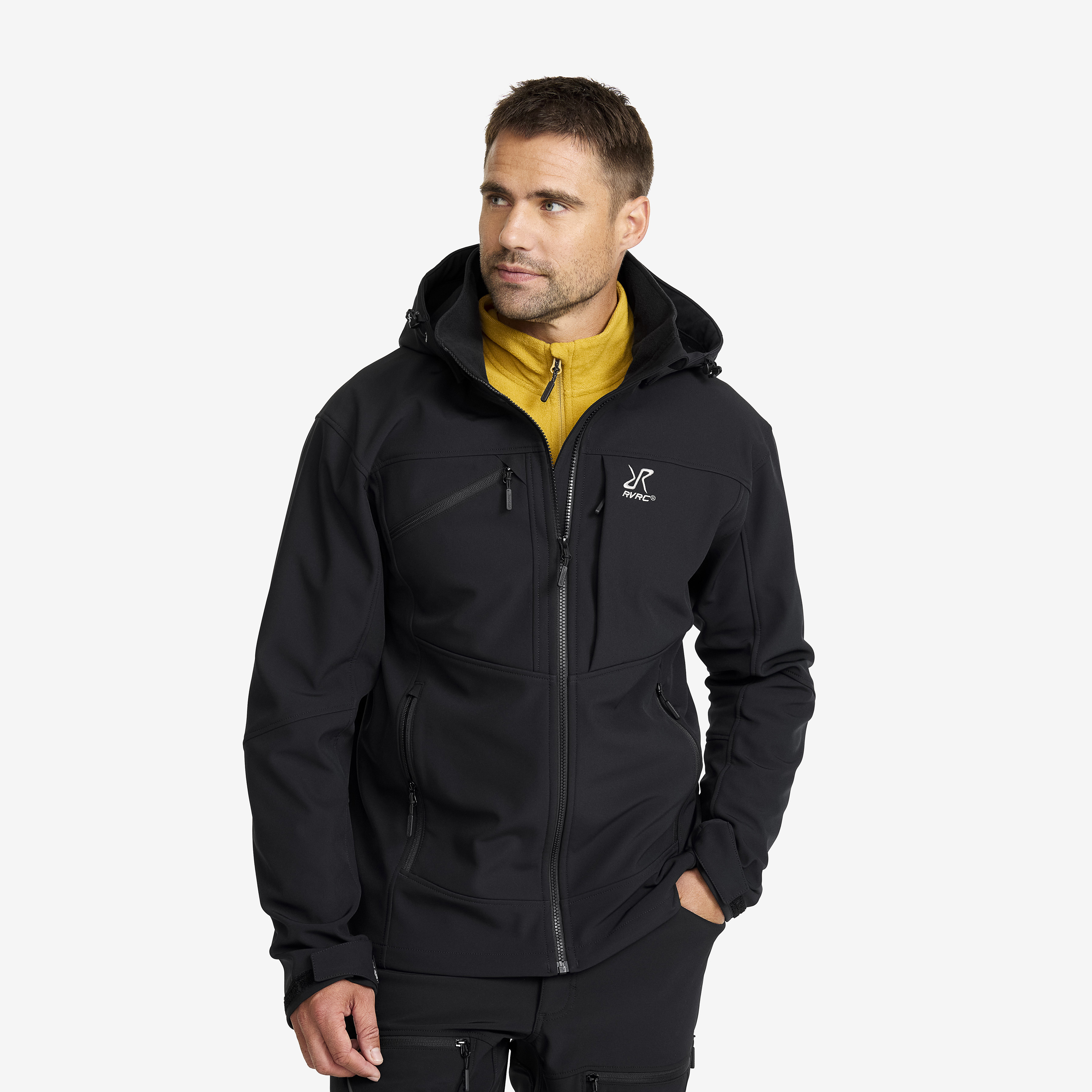
Hiball Softshell Jacket
Men

Responder Softshell Jacket
Men
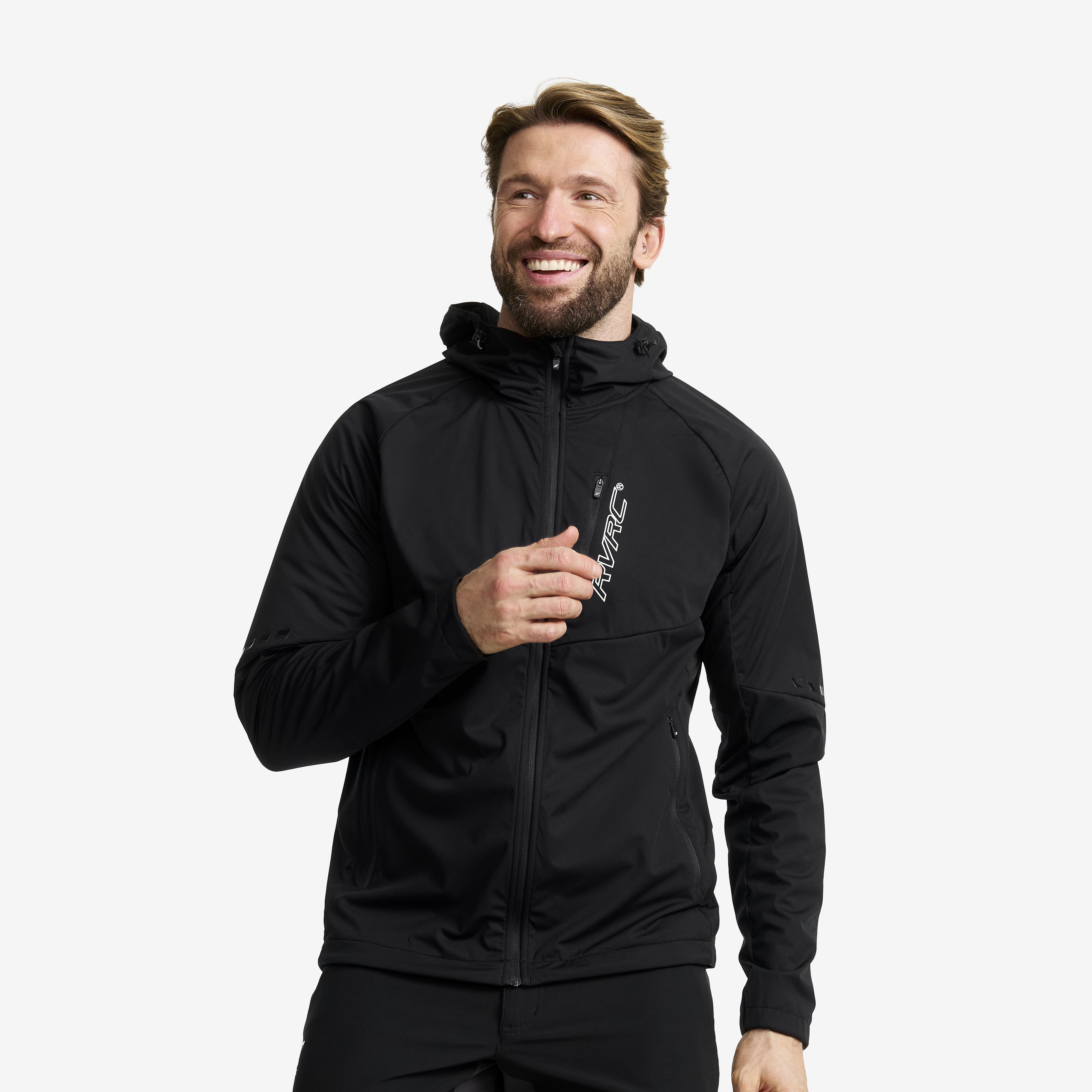
Pure Softshell Jacket
Men
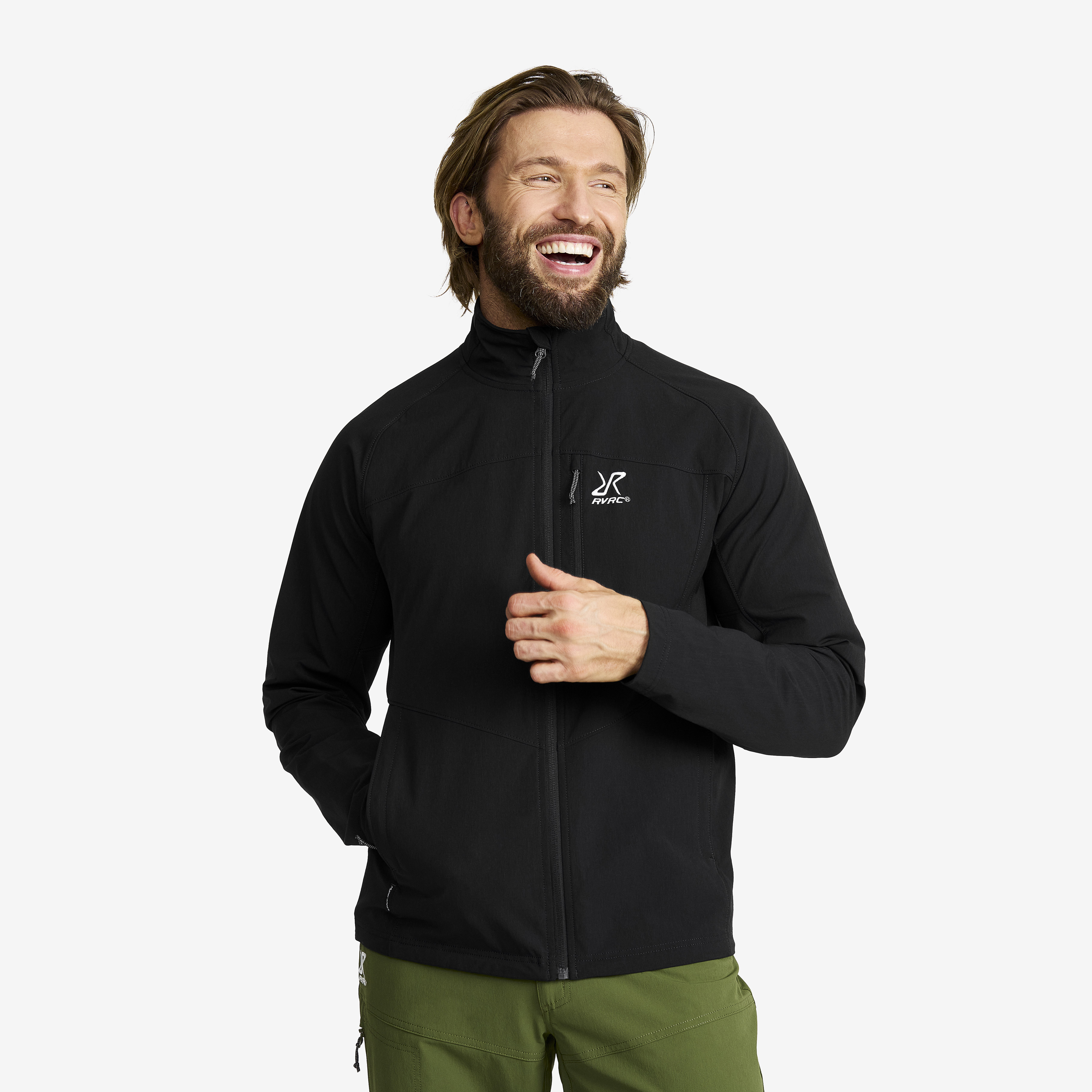
Venue Light Softshell Jacket
Men

Venue Light Softshell Jacket
Men
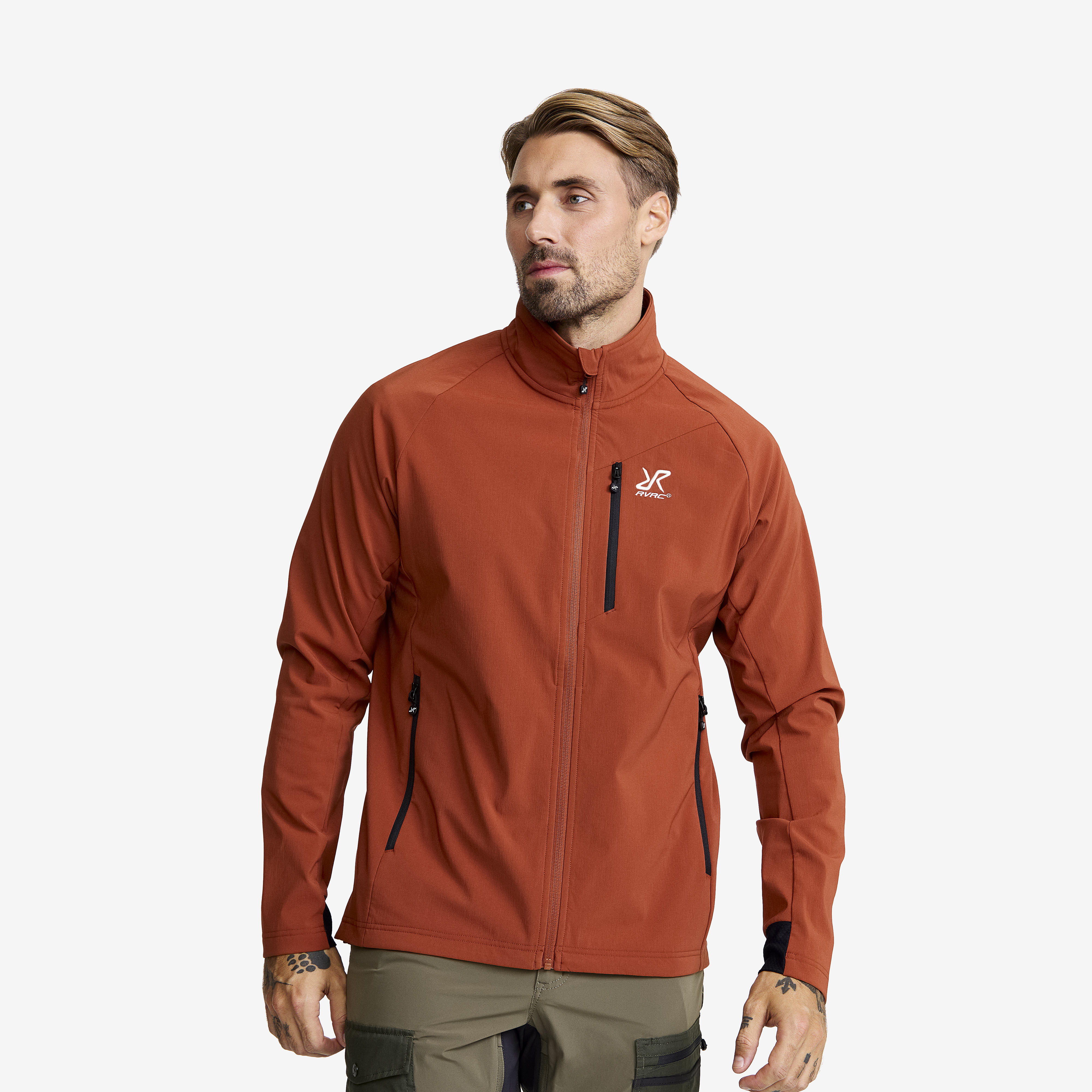
Exciter Light Softshell Jacket
Men
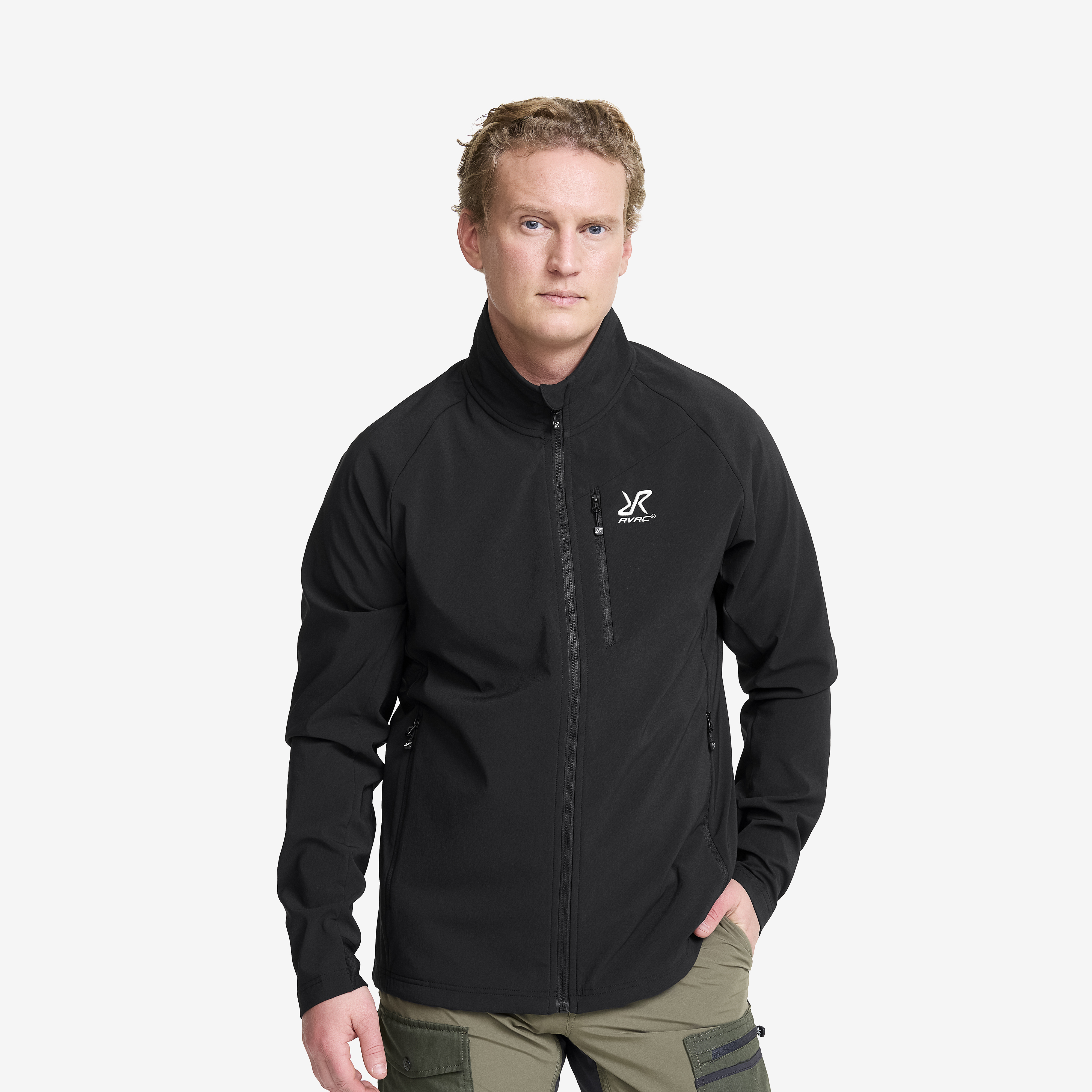
Exciter Light Softshell Jacket
Men
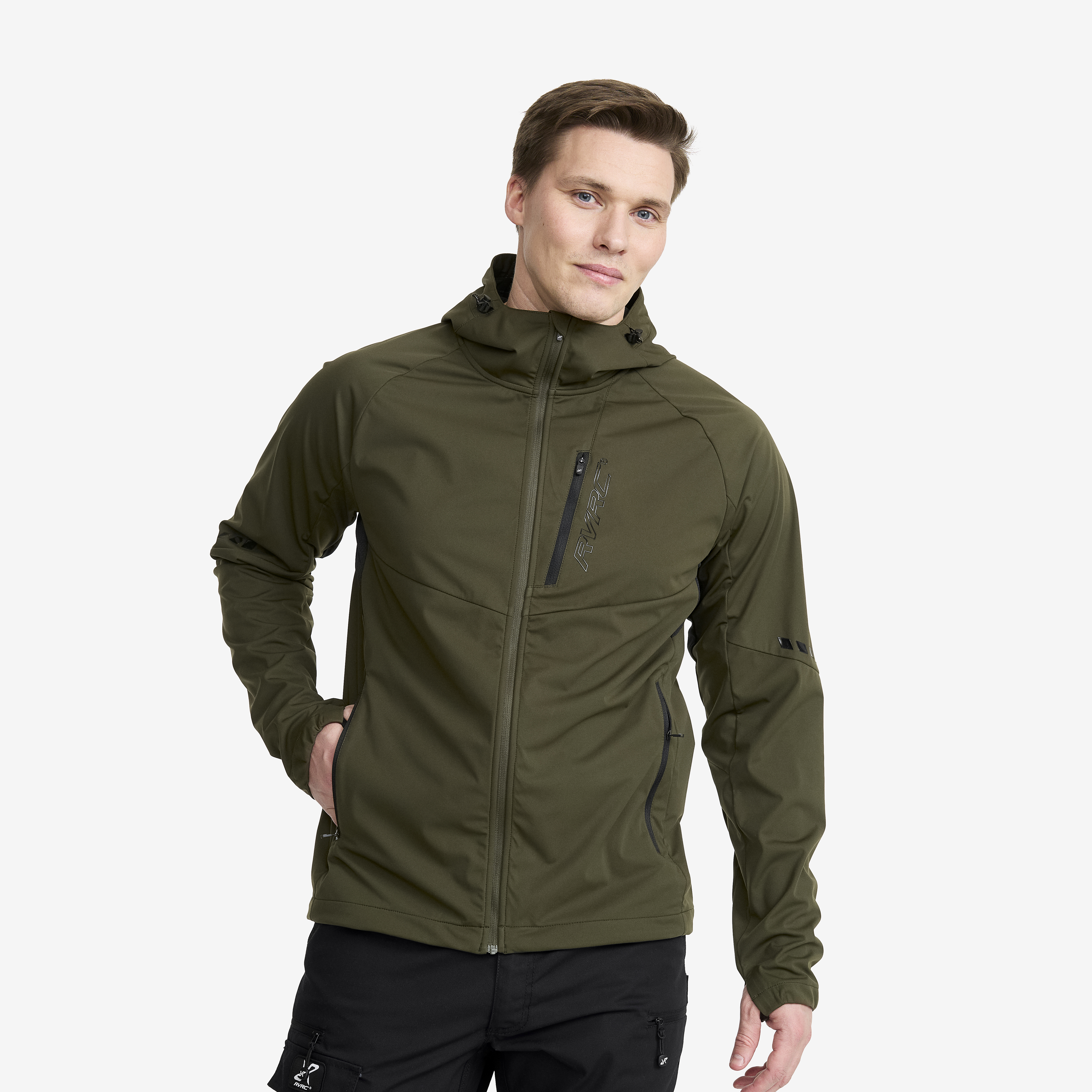
Pure Softshell Jacket
Men

Venue Light Softshell Jacket
Men

Responder Softshell Jacket
Men

Responder Softshell Jacket
Men
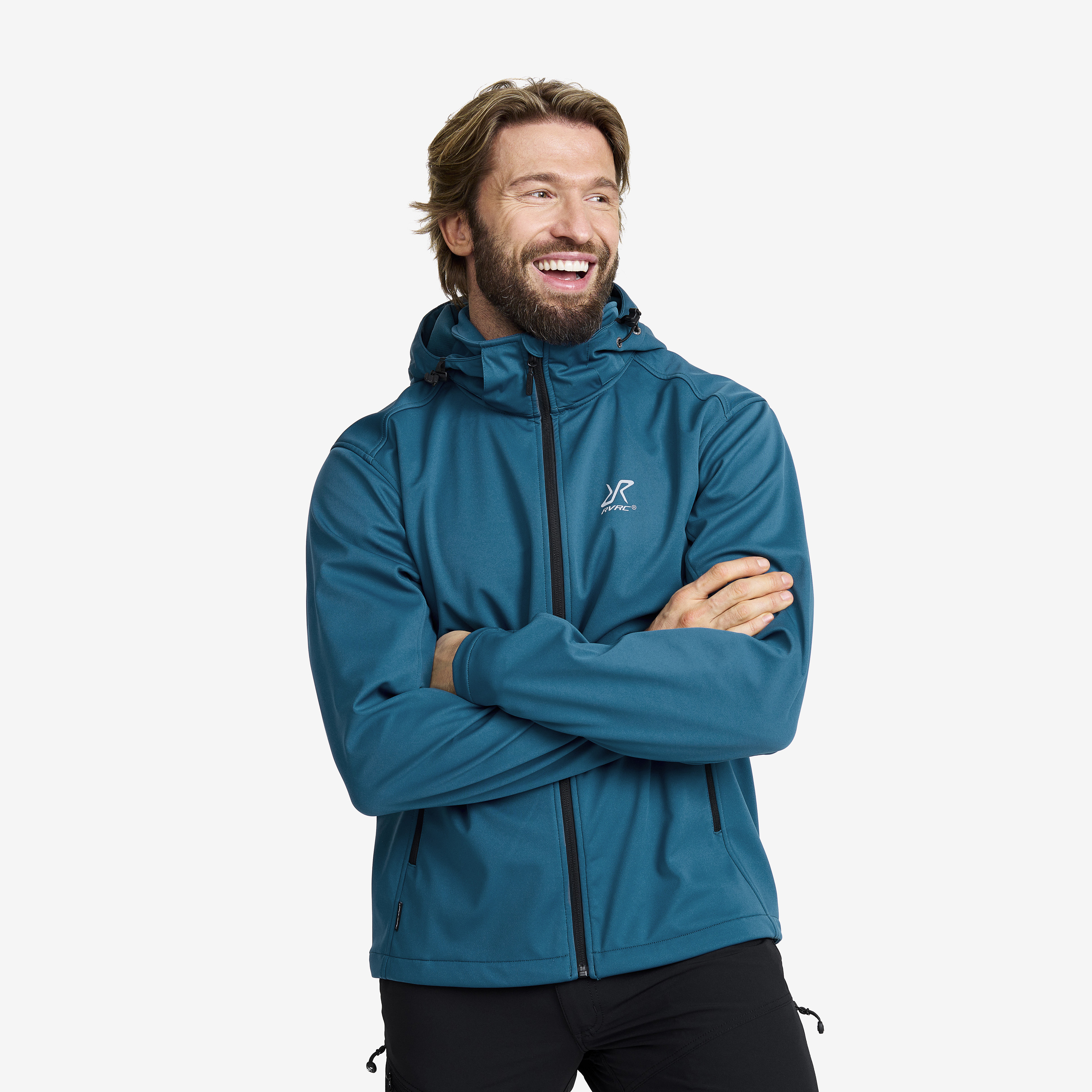
Responder Softshell Jacket
Men
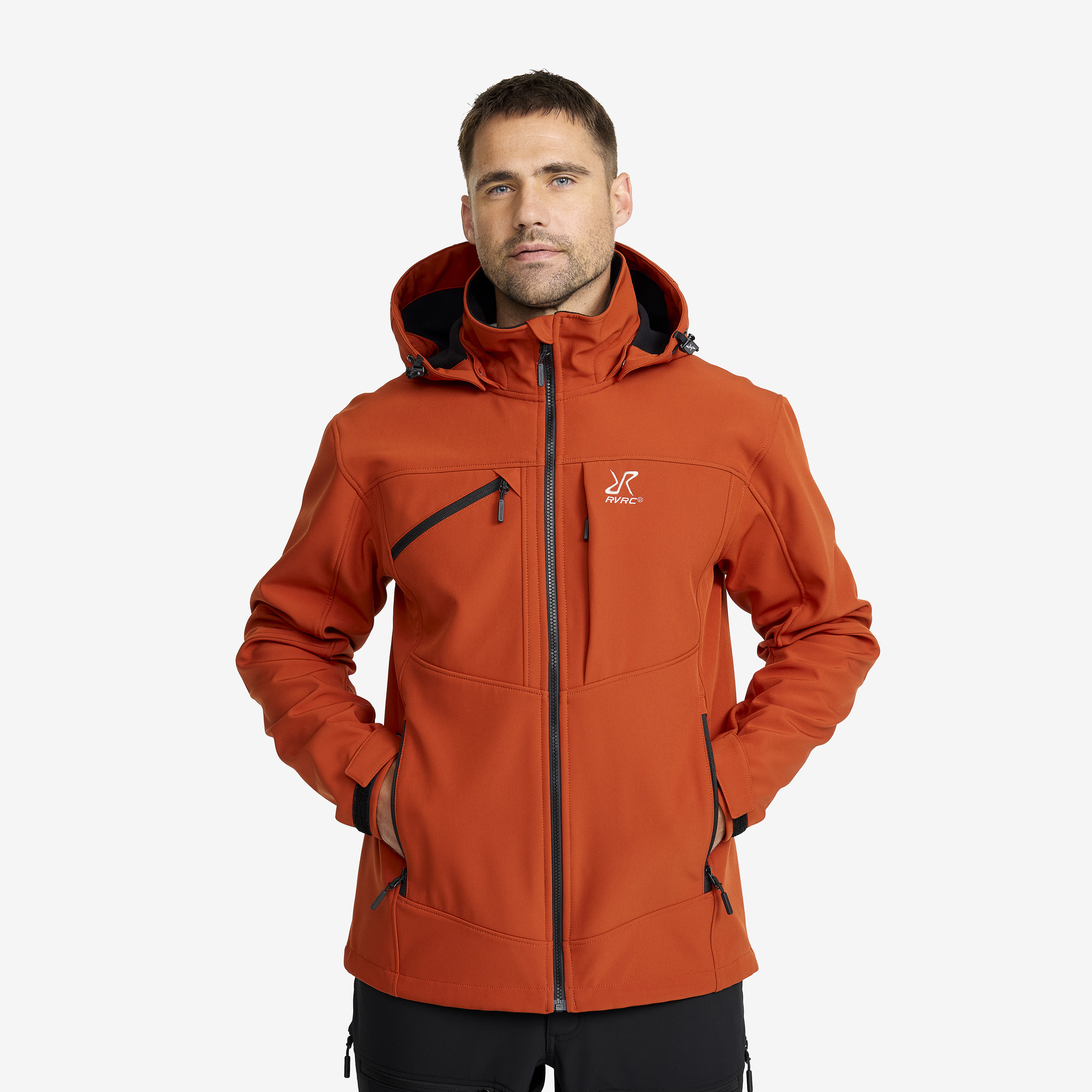
Hiball Softshell Jacket
Men
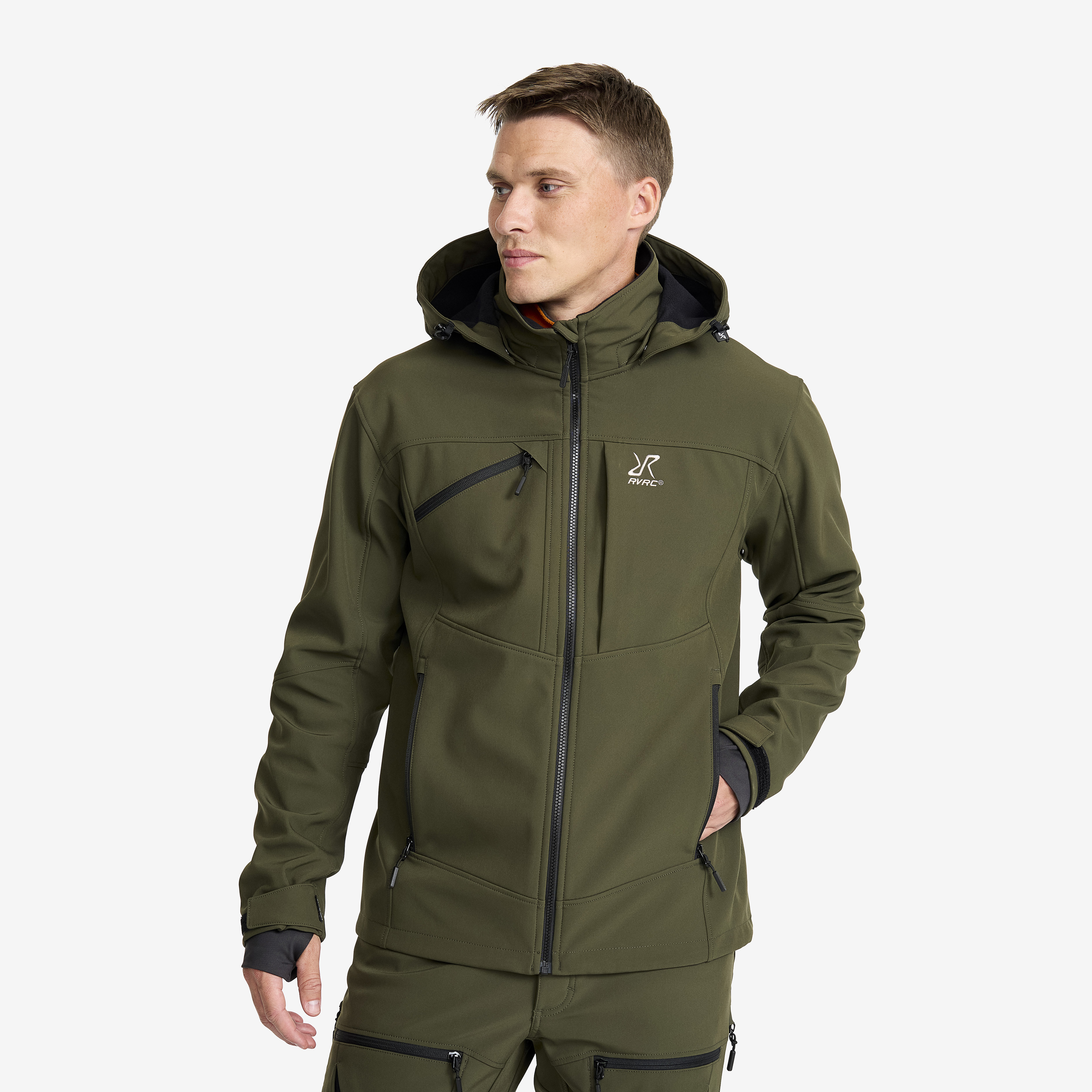
Hiball Softshell Jacket
Men
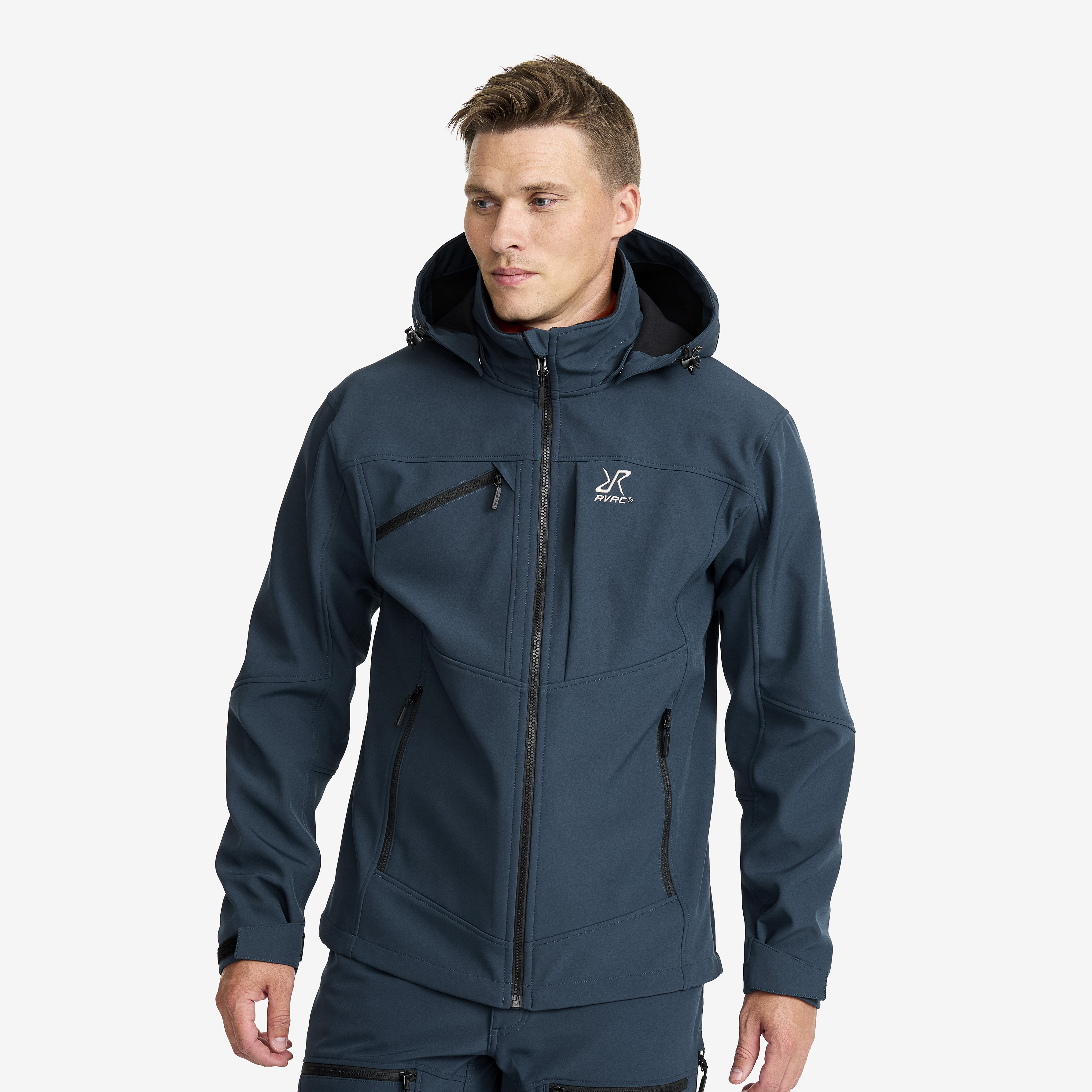
Hiball Softshell Jacket
Men
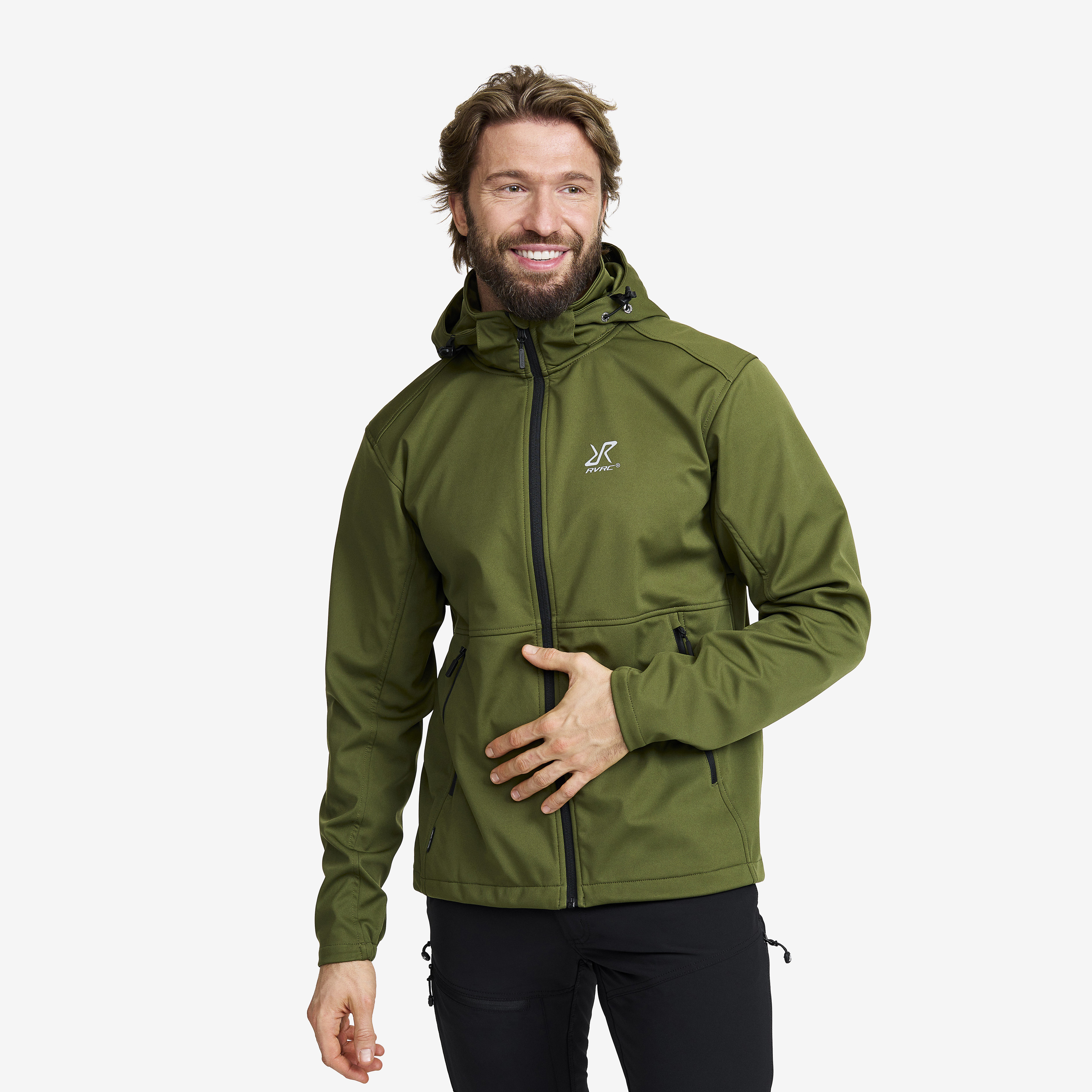
Responder Softshell Jacket
Men
Is the softshell jacket your new favorite?
Who says you can't have it all? Softshell jackets bridge the gap between comfort and protection, making them a favorite among outdoor enthusiasts. They're more breathable and flexible than a hardshell, giving you freedom of movement and preventing overheating. But unlike a fleece, they offer wind and water resistance, keeping you warm and dry during unexpected rainshowers or chilly mornings. Still not sure if softshell jackets are for you? Check out our FAQ section below for answers to all your softshell jacket questions.

Frequently asked questions
How warm is a softshell jacket?
Softshell jackets offer moderate warmth, making them ideal for cool to mild weather conditions. They're not designed for extreme cold, but they do a great job of stopping wind and light rain, which can significantly impact how warm you feel.
The actual warmth of a softshell jacket depends on several factors:
● Lining: Some softshell jackets have a fleece lining for added warmth.
● Thickness: Thicker softshell jackets will naturally be warmer than thinner ones.
● Activity Level: When you're active, your body generates heat. Softshell jackets are breathable, allowing this heat to escape and preventing you from overheating.
Here's a tip: To maximise warmth with a softshell jacket, layer it with a base layer and a fleece underneath for colder temperatures.
How waterproof are softshell jackets?
Softshell jackets are water resistant, not waterproof. They'll repel light rain and drizzle for a short period, but they won't hold up against heavy downpours for long.
The water resistance comes from a Durable Water Repellent (DWR) coating applied to the outer fabric. Over time, this coating can wear off and need reapplication with a special spray.
If you expect heavy rain, a hardshell jacket would be a better choice for complete waterproofing. While some softshell jackets boast a membrane and a water resistance rating, they might not be fully waterproof. This is because their comfy lining often makes it tricky to seal the seams with waterproof tape, which can be a weak spot for water to seep through.
What do you wear under a softshell jacket?
The good news is, softshell jackets often come with a built-in advantage: a cosy fleece lining. This lining adds a layer of warmth compared to a thinner hardshell, so depending on the weather and your activity level, you might not even need a mid-layer.
Here's a guide to conquer different conditions:
● Cool weather: When the temperature dips, a base layer med of merino wool or a synthetic fabric is your perfect partner. It wicks away moisture to keep you feeling fresh, and the softshell's lining adds extra warmth. However, if it's chilly, add a light fleece for an extra layer of warmth.
● Mild weather: On those days with sunshine and a pleasant breeze, a light-weight t-shirt or tank top can be enough under your softshell. The built-in lining provides a comfy layer without overheating.
Are softshell jackets breathable?
Yes, they are! That's a big reason why softshell jackets are trail favourites. They're great at letting sweat escape while you're on the move, keeping you comfy and dry on hikes, climbs, or everyday wear.
It’s important to note that some softshells, like hardshells, have a built-in breathable membrane for a bit more weather protection. This can make them a bit less breathable than a jacket without one, but the trade-off is extra water resistance. Remember, softshell seams aren't always fully taped for maximum waterproofing, so a hardshell might be better for heavy downpours.
If you are looking for optimal breathability during intense activities, we recommend a softshell jacket without a membrane. It still offers some protection against rain and wind while ventilating warm and moist air from inside the jacket.
Are there fleece-lined softshell jackets?
Absolutely! Many softshell jackets come with a fleece lining. This lining adds a layer of warmth, making them perfect for cool-to-mild weather conditions. It's kind of like having a built-in sweater, so you can stay comfortable on your adventures without needing an extra layer.
Some softshell jackets might not have a fleece lining, but they'll still provide some wind and water resistance. The key is to check the product description to see if it mentions a lining.
When do you wear a softshell jacket?
Softshell jackets are great for various conditions! Basically, if the weather's unpredictable or you want a jacket that's both breathable and protective, a softshell jacket is your go-to!
● Chilly Weather: When the temperatures dip but it's not full-on winter, the softshell's breathability and warmth keep you comfy.
● Light drizzle: The water-resistant coating tackles light rain, but if comes down hard, you will need a waterproof jacket to keep you dry.
● Intense activities: They are stretchy and move with you, allowing for maximum freedom while providing optimal breathability, keeping you dry and comfortable during intense activities.
How should a softshell jacket fit?
Comfort and flexibility are key when it comes to softshell jackets, but how tight or loose should they be? There are two main ways to look at it:
Snug fit for intense activities: For high-intensity activities, a snug fit is ideal. It allows the jacket to move with you and ensures moisture-wicking properties work effectively. This helps keep sweat away from your skin, maintaining your comfort during strenuous activities.
Loose fit for layering: When the weather gets colder, you might want to add a fleece or another mid layer under your softshell jacket. A looser fit accommodates these extra layers without feeling tight, providing efficient insulation and keeping you warm on chilly adventures.
Here's a tip: Try on the jacket with the base layer you plan to wear. Raise your arms overhead and bend at the waist. The jacket should move easily without pulling or feeling restrictive.
